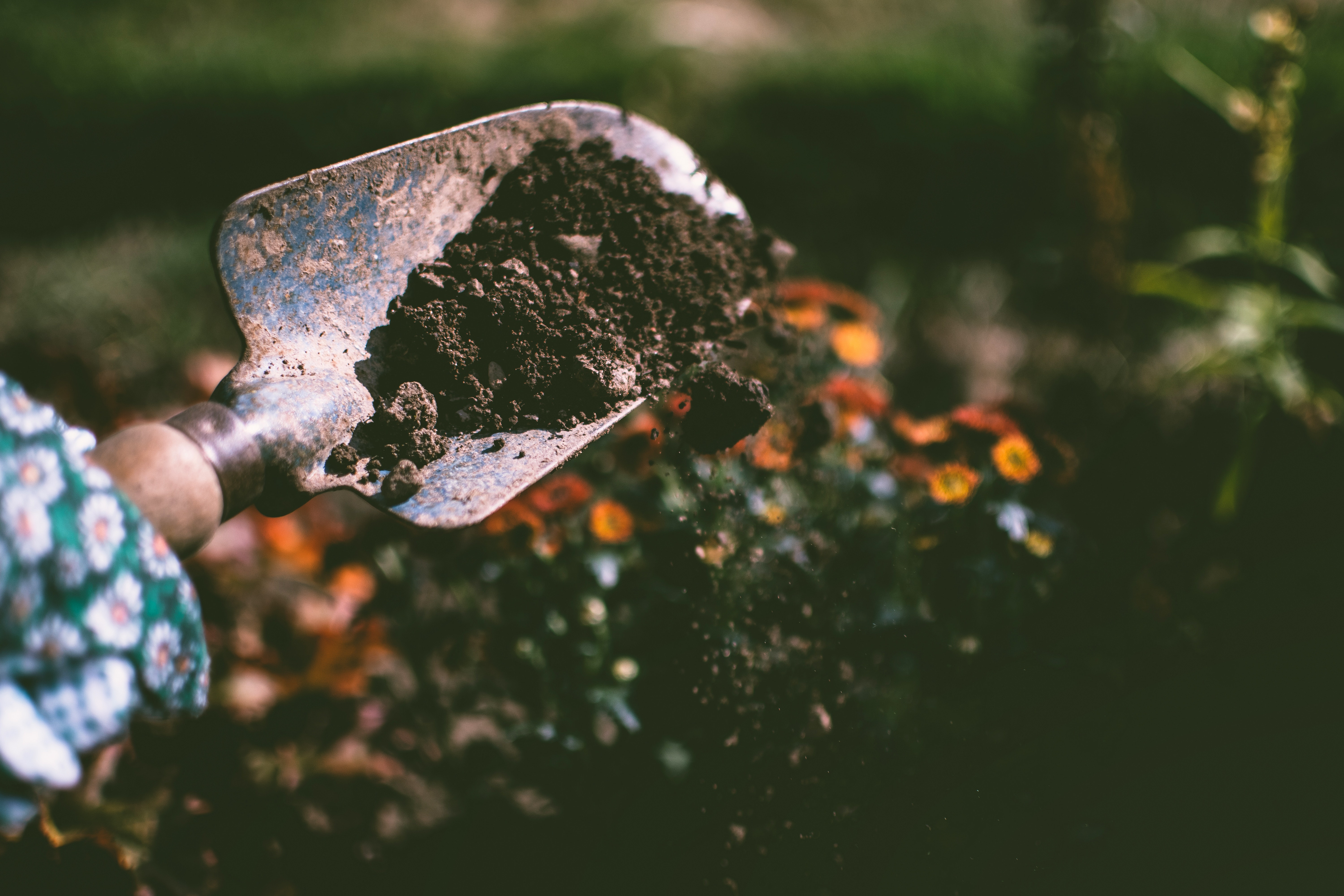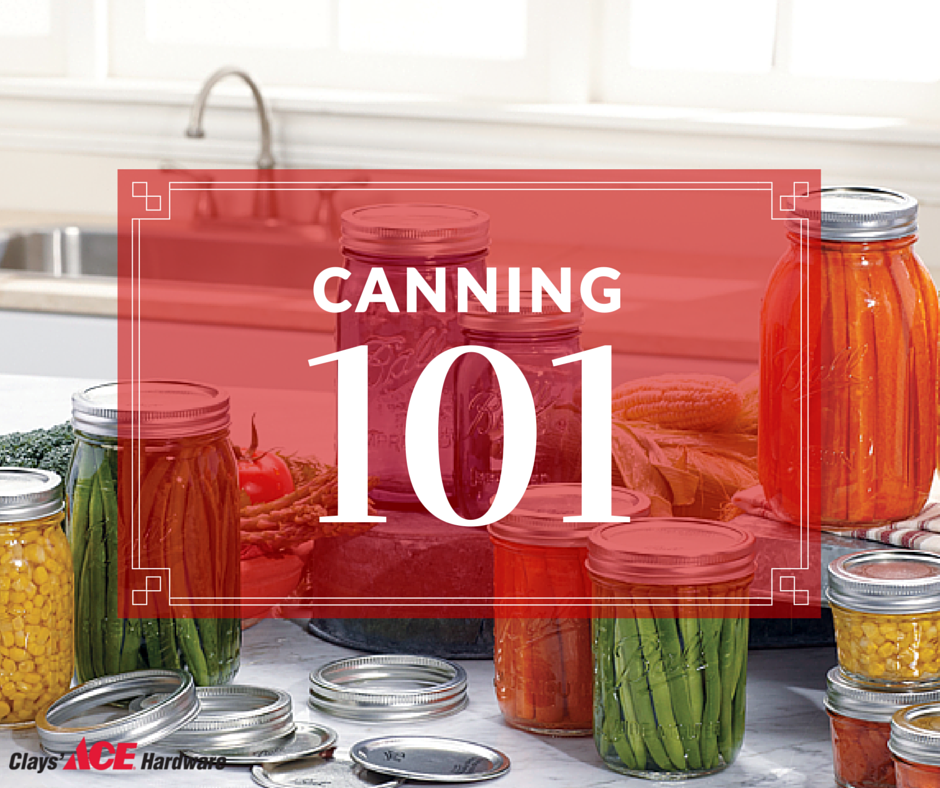Just one step beyond cooking, canning involves processing food in closed glass Ball®canning jars at high temperatures. The heat interrupts natural spoilage by destroying food contaminants and, at the same time, removes air from the jars. As the jars cool, a vacuum seal forms – to prevent recontamination.
There are two home canning methods: water bath canning and pressure canning. Understanding the components and difference between the two processes will help you choose the method best for the foods you want to preserve.
Water Bath Canning
A lower temperature canning process, water bath canning is ideal for high acid foods and recipes that incorporate the correct measure of acid. The combination of time and temperature destroys mold, yeast and enzymes that cause spoilage while creating a vacuum seal. This process is recommended for produce and recipes including:
- Fruits and fruit juices
- Jams and jellies
- Salsa
- Tomatoes
- Pickles and relishes
- Chutneys, sauces, pie fillings
- Vinegars
- Condiments
Pressure Canning
Pressure canning is the only processing method that reaches the high temperature (240°F) needed to safely preserve low acid foods. It is the combination of time and temperature that will destroy foodborne bacteria and create a vacuum seal necessary to prevent spoilage. This process is required to preserve foods and recipes like:
- Meats
- Poultry
- Salsa
- Vegetables
- Chili
- Seafood
For step by step instructions for both the water bath canning and pressure canning, visit freshpreserving.com
For all your canning supply needs, stop into Ace Hardware Fort Collins!
Source: Freshpreserving.com







